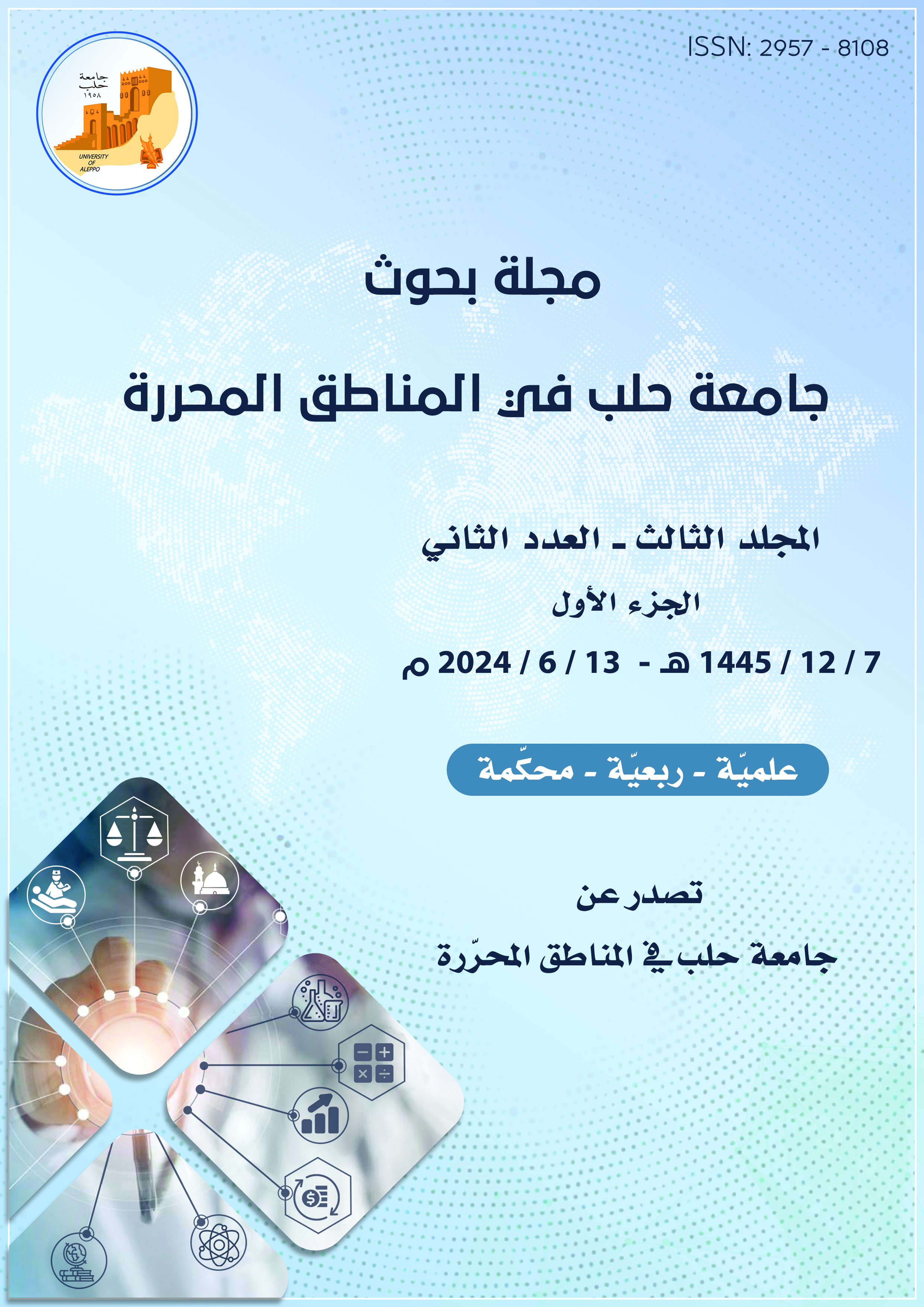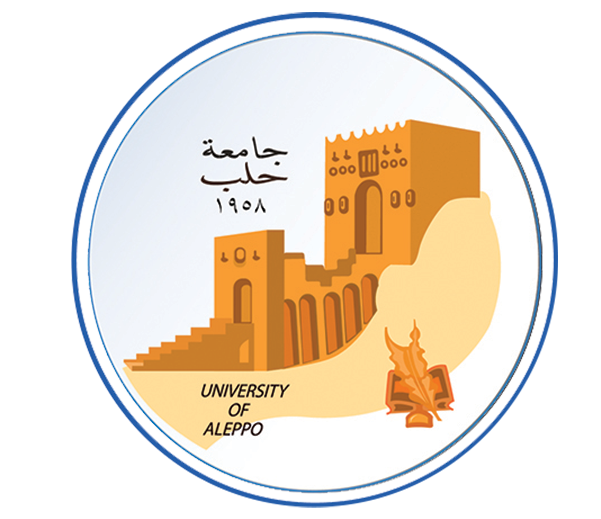Publication year: 2023
Author: Dr. Badreddin MANLA AL DAKHIL
Issue: 4
Abstract:
A devastating earthquake measuring 7.8 on the Richter scale struck southern Turkey and northern Syria in the early hours of February 6, 2023. Its aftershocks reached other countries in the region, and were felt by residents in Lebanon, Palestine, Jordan, Iraq and Egypt. Its center was northwest of the city of Gaziantep. Its impact extended to Syria as well, due to its proximity to the Syrian-Turkish border. This earthquake is considered one of the strongest in the history of Turkey and Syria. A second major earthquake struck the area 9 hours later with a magnitude of 7.5, causing more severe damage and destroying damaged buildings. According to the official statement of the Turkish Disaster and Emergency Management Presidency AFAD, since the first earthquake on February 6, the region has witnessed 35,170 aftershocks (as of the date of publication this research). The number of people affected by the earthquake is estimated at about 25 million, and the earthquake left about 60,000 victims in both countries. Northwestern Syria, Aleppo, Idlib and Latakia, are the provinces most affected by the earthquake. The earthquake caused severe damage to infrastructure and agricultural areas and had a devastating impact on people and the environment.
A rapid geospatial impact assessment was conducted in the most affected areas in northwest Syria, using available data and information combined with satellite imagery and remote sensing techniques, to assess geospatial indicators. The cities of Aleppo and Idlib governorates were severely affected by the damaged buildings, many of which were reported to have collapsed, adding to the existing humanitarian crisis in a region plagued by conflict and the displacement crisis that has lasted for more than 12 years.
The aim of this assessment allows identifying several recommendations, helps collecting field data in order to verify the results, suggesting advice, using maps and spatial results to develop response plans in the future, assessing the natural resources and infrastructure of northwest Syria, with the aim of developing a national reference system for assessing seismic risks using High-resolution satellite imagery and on-the-ground validation through field study will greatly improve our understanding of the state of natural resources, infrastructures, agricultural land, water, and vegetation in general.
Keywords: earthquake, northwestern Syria, southern Turkey, aftershock, seismic hazards, February 6, 2023.
Share This research!

Share This research!
Latest Researches

